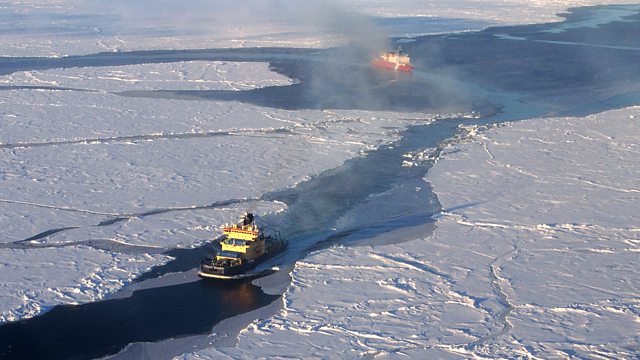Mapping the Ocean Floor
We know less than 95% of what the sea floor looks like.Oceanographers are discussing how to measure the landscape under the world鈥檚 oceans.
We still know less than 95% of what the sea floor looks like. Even shallow coastal waters are poorly mapped. Oceanographers are meeting in Monaco this week to discuss how to measure the landscape under the world鈥檚 oceans.
Predicting The Indian Monsoon
The weather system that creates the Indian monsoon is notoriously difficult to model, which leads to inaccurate forecasts of the start date and intensity that can lead to devastation for local residents and farmers. A team of oceanographers and scientists from the University of East Anglia are going to be out at sea during the monsoon and using underwater robots to map current flows and measure sea temperatures. The monsoon is driven by moisture and the temperature being picked up by the atmosphere as it passes over the bay. By measuring how currents mix salty water from the Arabian Sea with fresh colder water from the Ganges, a better understanding of how the monsoon is driven can be gathered.
Gravitational Wave Detected Again
The team at LIGO (The Laser Interferometer Gravitational-Wave Observatory) have done it again with a Christmas day detection of two black holes colliding. Leading on from the first detection last September, the team have this time detected gravitational waves from two smaller black holes where the collision lasted for a longer time. With the prolonged collision more information could be gathered and one of the black holes was seen to be rotating, the first such observational proof that black holes spin.
Green Mining
Wales in the UK has 1300 rivers with illegal levels of heavy metals. Toxic metals like lead, zinc and copper are a legacy left over from when the area was heavily mined. Natural Resources Wales and Innovate UK set a competition to look for technology that would clean up these rivers. One of the winners was Steve Skill from Swansea University, who has come up with some biotechnology that uses algae to suck the poison out of the rivers.
Presenter: Roland Pease
Producer: Fiona Roberts
Image: 2005, from the HOTRAX (Healy-Oden Trans Arctic Expedition), credit: Martin Jakobsson
Last on
More episodes
Previous
Broadcasts
- Thu 16 Jun 2016 21:32GMT麻豆社 World Service except East and Southern Africa & News Internet
- Fri 17 Jun 2016 01:32GMT麻豆社 World Service Americas and the Caribbean
- Fri 17 Jun 2016 02:32GMT麻豆社 World Service Online, Europe and the Middle East & UK DAB/Freeview only
- Fri 17 Jun 2016 03:32GMT麻豆社 World Service South Asia & East Asia only
- Fri 17 Jun 2016 04:32GMT麻豆社 World Service Australasia
- Fri 17 Jun 2016 06:32GMT麻豆社 World Service East and Southern Africa & Europe and the Middle East only
- Fri 17 Jun 2016 14:32GMT麻豆社 World Service except News Internet
Podcast
-
![]()
Science In Action
The 麻豆社 brings you all the week's science news.


